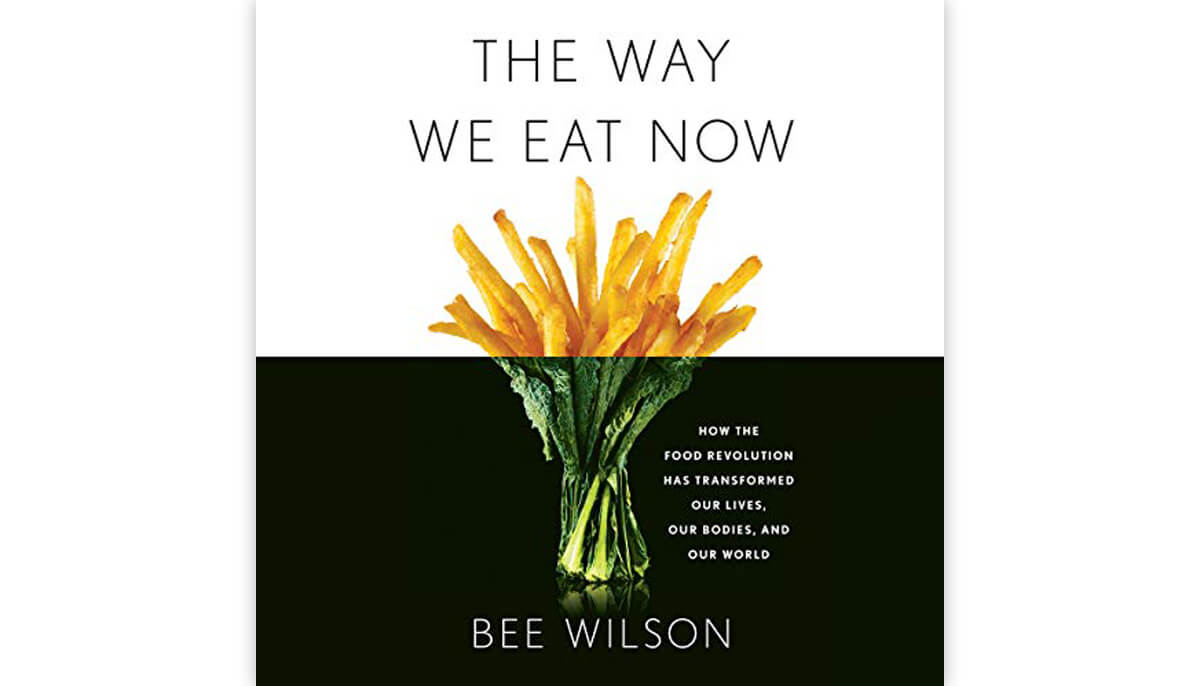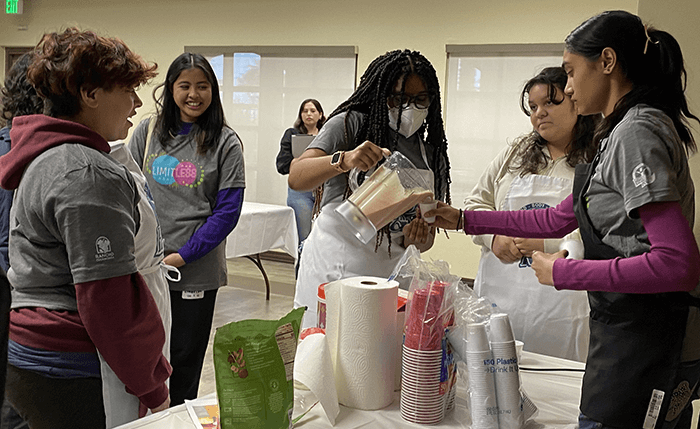Global dietary changes and how they impact nutrition and health

By: Megan Holdaway, RDN
Acclaimed food journalist Bee Wilson’s latest book, The Way We Eat Now, was the topic of discussion at the latest San Jose Registered Dietitian Nutritionist’s Book Club meeting. The book highlights the global shift from whole foods and toward processed, sugary convenience foods. Wilson’s concerns echo the sentiments shared by many leaders in the field of nutrition since today’s food supply is a large departure from previous generations.
The evolution of eating is driven by social changes in family and work life, responding to consumer preference for convenience. The combination of social change, such as multiple incomes needed to support families, with the influence welded by food and policies that support the production of cheap, processed foods has resulted in a completely new food landscape.
The problem, as Wilson points out, is that consumers are fueling themselves without really nourishing themselves. We've never experienced the overabundance of food in such a way. Interestingly, this food transition is moving us toward a universal, homogenous diet. Regardless of where families live, traditional cuisines are being replaced with the same, highly processed foods: fizzy drinks, donuts, chips and french fries.
Cultural rules that formerly dictated how people ate have gone to the wayside. Examples of cultural food rules no longer apply:
Focus on food balance, moderation and variety. There are no magic superfoods or miracle diet that will ward off disease and maintain a healthy weight. Balance and variety are key to having the best shot at achieving optimum health. One approach is to find ways to transform the “foods you should eat into the foods you like to eat” by exploring different foods and many tasty ways to prepare them.
Eat more minimally processed, whole food and intentionally lower sugar consumption from empty calorie foods.
Eat meals rather than snacking throughout the day. Smart snacking can play a key role in healthy eating patterns. Shifting how you snack by treating them as mini meals rather than treats can improve overall nutrition. Selecting healthy snacks from the food groups such as fruits, nuts and dairy can help close nutrient gaps that exist among people of all ages. Finally, social norms have changed so greatly that regular mealtimes are not likely to return.
Use older dishware to monitor portion size. The concept here is good. Larger modern plates encourage overeating. That said, going to garage sales and buying antique dishware is not a strategy that will likely catch on with today’s families.
The dietitians in our club had mixed reviews on this book. Most felt it was too long and rather wordy while others enjoyed learning about food cultures from around the world. One dietetic student said that it read like a textbook intended to teach a “Nutrition for Non-Nutrition Majors” college course. Overall, the book’s focus on the enjoyable and health-enhancing aspects of eating minimally processed, whole food was very positive and worthwhile.
To learn more from registered dietitian nutritionists on timely nutrition topics, subscribe to the Let's Eat Healthy Ask a Nutritionist video series.

Megan Holdaway, RDN
Megan Holdaway, RDN
Megan Holdaway is a registered dietitian nutritionist and the Nutrition Science Program Manager at Dairy Council of California.
In today's society, it's vital to engage teenagers in experiential nutrition education to guide them toward making nutritious food choices.

At Dairy Council of California, we understand the importance of culturally diverse foodways and the role dairy plays in these cultures.

Subscribe to our blog to stay up to date on the latest news, products, and more.